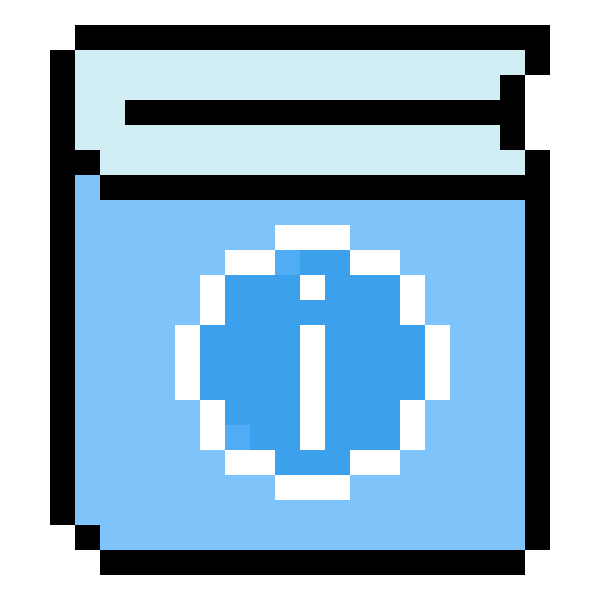The 30-Day .NET Challenge, Day 8: Exception Handling
by
March 27th, 2024
Audio Presented by

Programmer by heart | C# | Python | .Net Core | Xamarin | Angular | AWS
Story's Credibility





About Author
Programmer by heart | C# | Python | .Net Core | Xamarin | Angular | AWS